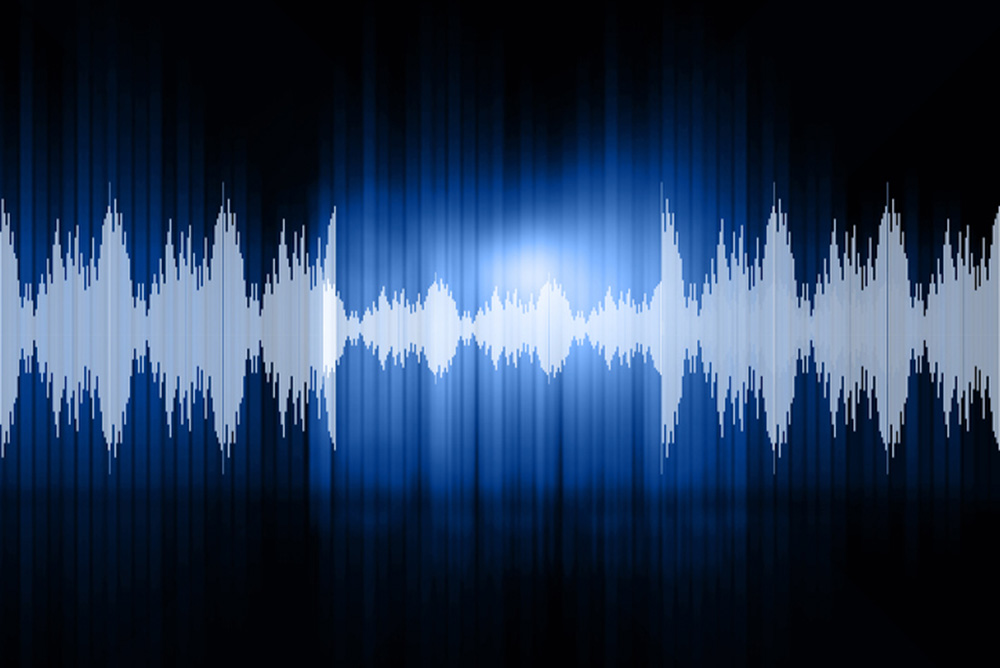
iStock
AFTER A year-long search for pain relief, DC writer W.C. remembered that TENS (Transcutaneous Electronic Nerve Stimulation), which uses electrical current to treat pain, had been popular in pain treatment and research since the 1970s.
Until about ten years ago, the devices cost thousands of dollars. Most pain sufferers rented them at $200 to $400, sometimes per month, from physicians and physical therapy practices, and there was often a waiting list.
Today, people can buy their own TENS devices for under $100 on Amazon; one of the most highly recommended is the Santamedical PM-470, at $29.95. The devices come with four or more electrodes on small sticky “gel pads,” connected by wires to a TV-remote size controller, with a power source of replaceable or rechargeable batteries.
Based on long-term research, TENS is now viewed less as a cure for pain and more as a useful distraction: the vibrations can interrupt brain signals that are responsible for chronic pain long after the original source or injury has healed.
“TENS is what I call sensation-enhanced placebo,” writes Paul Ingraham on PainScience, “belief [that can be] greatly enhanced by novel sensations.”
(TENS should not be confused with EMS, the placement of electrodes to stimulate muscles, rather than nerves, to contract, which is used both in rehabilitation to prevent muscle atrophy from disuse after trauma, and with the hope of performance enhancement. “EMS feels like doing light isometric muscle contraction exercises,” writes Ingraham.)
For her chronic leg pain with no clear cause, W.C. splurged on the Easy@Home EHE012PRO model ($89.95)— after asking for a recommendation from her physical therapist, who admitted she’d almost forgotten about TENS and that “it might help, temporarily, and couldn’t hurt.”
During sessions on her device that run for 20 minutes, W.C. is distracted by TENS vibrations—at the intensity level commonly recommended, unpleasantly strong but as high as she can bear—a welcome relief when trying to relax, which is when her pain is at its worst.
“Using the strongest intensity that remains comfortable [reduces pain] in healthy subjects; lower intensities are ineffective,” writes University of Iowa physical therapist Carol Vance. “Higher pulse amplitudes are proposed to activate deeper tissue afferents allowing for greater analgesia.” Vance noted that pain relief may be limited by the development of tolerance, as with drugs, to the point of no longer helping at all.
To date, W.C.’s relief has never lasted after the vibrations end. Researchers are currently studying the use of TENS during activity, but W.C. is waiting for the results before trying to cope, even while standing, with the unwieldiness of sticky electrodes that fall off easily and the tangled mass of wires.
Another problem is that her greatest pain occurs on trains and planes, where she can’t imagine rearranging her clothes to apply the electrodes on her upper thighs, much less coping with seatmates’ reactions to the spectacle of the dangling wires attached to a brightly lit controller.
TENS reduces pain by activating opioid receptors in the brain to block pain signals traveling through the central nervous system, explains Vance. On functional MRIs, TENS lowered brain activity in patients with carpal tunnel syndrome and modulated pain-induced activation in the brains of patients with shoulder impingement pain.
Vance describes ongoing research to study TENS when electrodes are placed at acupressure points, and using TENS in conjunction with acupuncture. In a study of post-operative hysterectomy patients, TENS applied at acupoint sites reduced opioid intake, nausea and dizziness compared with using it at non-acupoint sites, Vance reports.
But in Ingraham’s view, pain “is completely controlled by an overprotective brain that likes to sound the alarm too loudly…most kinds of chronic pain are partially and briefly treatable with tricks and hacks and virtually any novel stimulation…[and] anesthesia is the only truly effective analgesia.”
A TENS-related newcomer used to treat migraine headaches is Cefaly, an external trigeminal nerve stimulation (eTNS) unit worn on the forehead (experts caution that regular TENS units should not be used in this way), which offers hope but little evidence to date.
Another tissue-stimulating therapy, with effectiveness also unconfirmed by scientific studies, uses ultrasound, sound waves above the range of human hearing—in other words, vibrations, according to Ingraham.
Ingraham also mentions the option—“if you are eccentric”—of an electric bath, created by running direct or galvanic electric current into the bathtub, which produces smooth sustained muscle contractions but not the more effective vibrations of TENS.
Some TENS devices boast of positive effects beyond easing pain: the Santamedical PM-470 “helps with tiredness, promotes blood circulation, recuperates spleen and stomach, enhances immunity, improves sleep quality and activate circulation for pain relief,” according to the manufacturer.
A worrisome issue with TENS is the tolerance likely to develop over time after repeated application. The hope for users is to have more lasting effects—pain reduction that continues after the vibrations stop—before it becomes too well-tolerated to work at all.
—Mary Carpenter
Every Tuesday in this space, well-being editor Mary Carpenter reports on health news we can use.
